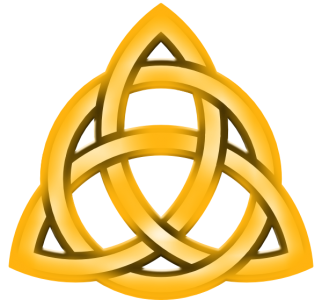
We’ve discussed openings, character development, relationships, plot, world-building. Now, we’ve arrived at the climax and resolution. Generally, this is the most important part of your story. Everything you’ve been working towards is leading up to this moment, the cataclysmic breath of time where everything is either destroyed or resolved. (Usually, the latter.)
The most crucial aspect is pacing. When it’s more intense action, shorter sentences and phrases work best, as this speeds up the reading pace and makes the scene feel more upbeat in terms of flow.
Another way to really highlight this critical moment is emotion. Whether it’s the character or the narrative voicing, this is when emotion (or perhaps distinct lack thereof) is most needed. Everything has been for this moment, we need to see it played out in the most vivid of ways. Also, descriptions of characters or landscape, focusing on the little details rather than the big picture, can really help it stand out and cause the reader to go, “Oh, something is happening!” Artistic use of language (thesaurus comes in handy here!) is the best way to bring this about. Of course, it may not be perfect the first time around, but you can always edit this and make it better through editing. More on that later.
Once you have reached the climax, how do you resolve? Naturally, there are many ways to go about this, but the end goal is to reach completion by the end of the story. Standalones make this easy because everything is resolved, there is nothing left hanging for the next book. When doing a series, however, the best way is to resolve as much as you can, while leaving the most crucial underlying themes for the next story. If your book ends on a cliffhanger, don’t worry about it, it will be resolved in the following sequel.
I am not going to talk about a whole lot of methods for resolution, it’s pretty self-explanatory. But the best technique I’ve been taught is what I call circling-back. This is a simple, yet efficient way of tying up all the loose story ends while making the story feel complete and whole. This might be referencing locations that have changed and comparing them, questions raised at the beginning of the story that are now answered, people who are now understood, or showing how characters have changed since the beginning. However you end up bringing this about, it is probably my top technique for this and I love it. It’s amazing to see how the end reflects on the beginning and yet brings the beginning to an end, leaving the reader satisfied. In the event that the story ends on a cliff-hanger, obviously you’re not tying things up just quite yet, so don’t worry about this until we come to the full resolution.
One last tip on resolutions is, don’t drag it out. I understand if your character is finally traveling home after a journey and finds out they have one last quest to do before they’re finally home and all that, but if the main climax has been reached, then everything needs to be drawing to a close. If you have other climaxes to be resolved, that’s one thing, but don’t stretch out a resolution for five, six, several chapters until the ending. If the story is over, it’s over. You can showcase anything you want to show in an epilogue. Believe me, I’ve read stories where the ending just kept going to the point where I was like… “Okay, are they done yet?” And we don’t want that happening. The reader needs to be satisfied with the resolution, not bored to death.
As always, do let me know if you have any questions! I hope you’ve learned some useful things on this journey. While we are bringing the writing section to an end, this series isn’t over. Next step, we’ll be discussing what we do now that your first draft is finished, including when it’s good to wait, editing steps and how we go about them, traditional querying processes, and self-publishing. Be sure to be subscribed so you don’t miss out!
